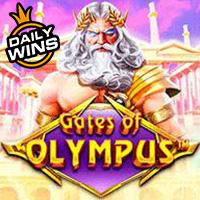


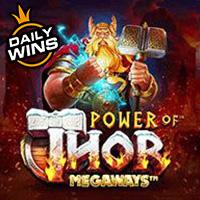
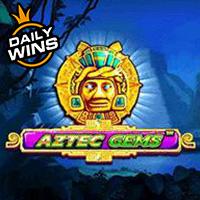
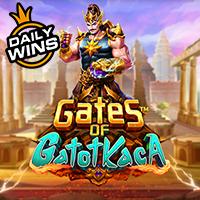
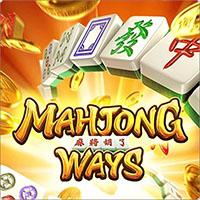
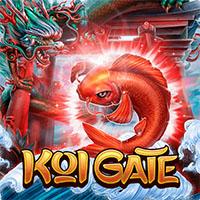
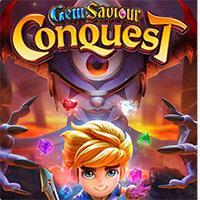

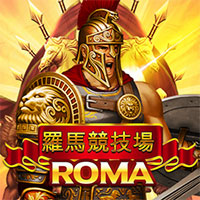
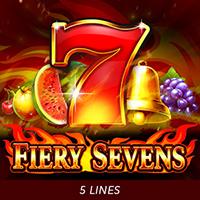


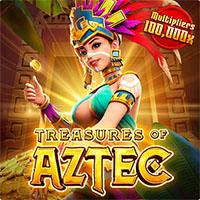



1. Introduction to the Influence of Ancient Cultures on Modern Game Mechanics
Game mechanics are the foundational systems and rules that define how players interact with a game. These mechanics often have deep roots in the cultural, spiritual, and societal practices of ancient civilizations. Understanding these origins not only enriches our appreciation of modern games but also opens avenues for innovative design that respects and reflects historical significance.
Recognizing the influence of ancient cultures helps designers craft immersive experiences that resonate on a deeper level. It bridges the gap between entertainment and education, allowing players to engage with historical themes through interactive mechanics. As we explore these connections, we see how timeless stories, symbols, and rituals continue to shape contemporary gaming.
2. Historical Foundations of Game Mechanics: From Ancient Rituals to Digital Play
Ancient societies created various games that laid the groundwork for modern gaming. Dice, for example, have been found in archaeological sites dating back over 4,000 years in Mesopotamia, serving both as tools for games and divination. Board games like Senet in Egypt and Go in China reflect complex societal structures and spiritual beliefs, often used for storytelling and ritual purposes.
Mythology played a pivotal role in shaping game narratives. In ancient Greece, oracles like the Pythia influenced decisions and storytelling, a practice that parallels modern narrative-driven games. Egyptian myths, with gods like Osiris and Isis, influenced symbolic elements in game design. Chinese mythology, rich with dragons and legendary emperors, inspires themes and characters in contemporary titles.
Over centuries, physical artifacts and rituals transitioned into digital formats. Early computer games incorporated mythological themes, while modern slots and role-playing games (RPGs) increasingly embed cultural symbols, stories, and mechanics to create immersive experiences. This evolution demonstrates how physical cultural artifacts influence the structure and content of digital games today.
3. Core Concepts Derived from Ancient Cultures and Their Modern Manifestations
Ancient symbols—like the Egyptian ankh, Greek laurel, or Chinese dragon—serve as thematic anchors in modern games. They evoke specific cultural narratives and add depth. For example, mythological motifs in slot games or adventure titles reinforce cultural authenticity and enhance player engagement.
Numerology and divination methods like the I Ching or the Oracle of Delphi influenced game mechanics around chance, decision-making, and outcome prediction. Modern games incorporate these elements through random number generators, bonus triggers, or symbolic choices that echo ancient practices.
Mythological characters—like Zeus or Osiris—are frequently central to game narratives, providing familiar archetypes that resonate across cultures. These stories serve as frameworks for quests, challenges, and character development, enriching gameplay with layers of cultural meaning.
4. Case Study: Hacksaw Gaming’s new slot as a Modern Illustration of Ancient Influence
Modern slot games often draw inspiration from ancient mythology to create compelling themes. For instance, Le Zeus exemplifies this approach by integrating Greek mythological elements into its mechanics and aesthetics. The game’s design incorporates symbols like lightning bolts, gods, and mythical creatures, which are direct nods to ancient Greek culture.
Bonus features in such games frequently mimic ancient rituals—like the granting of divine blessings or invoking the gods—paralleling trends observed in post-2022 bonus naming conventions that emphasize mythological references. This blending of historical themes with contemporary mechanics not only enhances aesthetic appeal but also deepens the narrative engagement.
By embedding these elements, games like Le Zeus demonstrate how historical mythology can be seamlessly integrated into modern digital entertainment, creating immersive experiences that educate and entertain simultaneously.
5. The Evolution of Game Mechanics and Legal/Regulatory Influences
In 2019, the UK regulatory authorities officially legalized bonus buy features, allowing players to purchase direct access to bonus rounds. This change increased game complexity and introduced new strategic elements, often inspired by cultural motifs to justify the thematic richness.
Modern games frequently feature high Return to Player (RTP) percentages—such as 96.26%—which surpass European standards. These high RTPs reflect a shift toward more player-friendly and competitive mechanics, often intertwined with culturally inspired features that enhance perceived value.
Legal frameworks influence how cultural themes are presented. Regulatory bodies emphasize respectful and authentic representations, encouraging developers to incorporate cultural elements responsibly. This ensures that games like Le Zeus and others maintain cultural integrity while innovating within legal boundaries.
6. Non-Obvious Depths: Cultural Appropriation, Ethical Considerations, and Authenticity
Accurate and respectful portrayal of ancient cultures is crucial to avoid misappropriation. Engaging cultural consultants and conducting thorough research can help developers craft authentic narratives that honor the source material.
Misuse of symbols or stereotypes can lead to cultural insensitivity. Strategies include collaborating with cultural experts, avoiding stereotypes, and emphasizing educational value to foster respectful storytelling that also enhances player engagement.
Authentic cultural mechanics can elevate a game’s educational value, encouraging players to learn about history and mythology while enjoying engaging gameplay. This approach enhances depth and fosters cultural appreciation.
7. The Future of Ancient-Inspired Mechanics in Gaming
Developers are increasingly integrating nuanced cultural elements, moving beyond stereotypes to showcase authentic stories and symbols. Interactive storytelling and cultural immersion are becoming central to game design.
Augmented Reality (AR) and Virtual Reality (VR) enable players to experience mythological worlds firsthand. Imagine exploring ancient temples or divine realms in immersive environments, bridging the gap between education and entertainment.
As archaeological discoveries and scholarly research continue, game developers have opportunities to update and refine cultural representations, ensuring that game mechanics remain accurate and respectful.
8. Conclusion: Bridging the Past and Present in Game Design
“The enduring influence of ancient cultures on game mechanics demonstrates how storytelling, symbolism, and ritual continue to inspire modern entertainment, fostering both learning and enjoyment.”
Modern game design is a dynamic field where the echoes of ancient civilizations resonate through thematic elements, mechanics, and narratives. Games like Hacksaw Gaming’s new slot exemplify how historical themes can be seamlessly woven into engaging digital experiences. As technology advances and cultural awareness deepens, future games will likely explore more nuanced and authentic representations, enriching the player experience while respecting cultural heritage.
By understanding and responsibly integrating ancient influences, game developers can create meaningful, educational, and entertaining products that honor the past and inspire the future.
